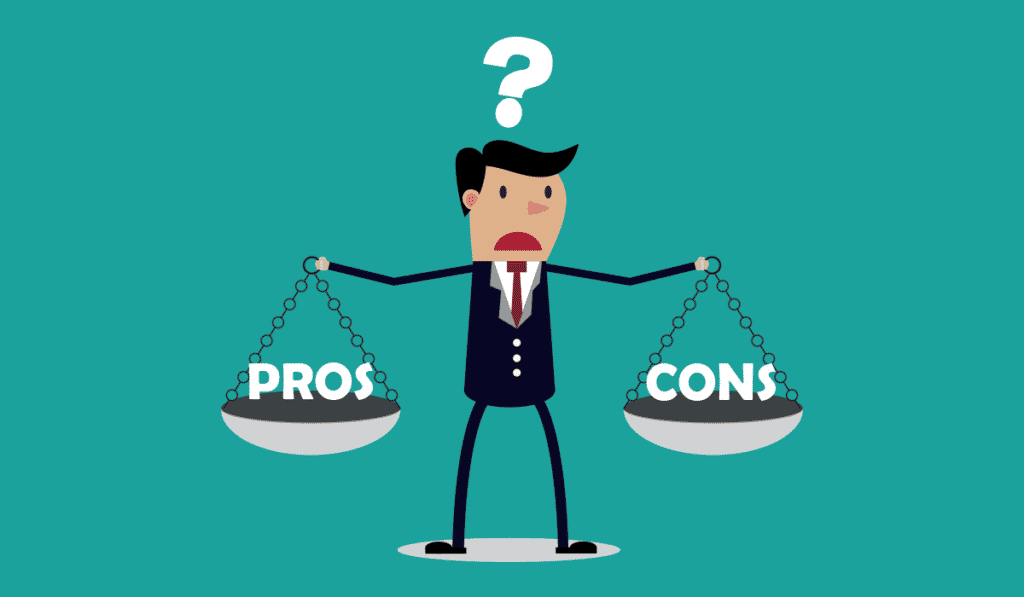
Open order definition – what is open order?
If you are about to start trading on financial markets, you might be looking for an open order definition. Here we will explain it to you as well as the pros and cons of using open orders in your traders.
The different types of orders make it possible to implement various investment strategies.
Each type of order corresponds to price conditions. Some favor speed of execution over the risk of a higher price when buying and a lower price when selling. Others make it possible to favor the price even if it means delaying execution, for lack of sufficient consideration at this price, or still others condition the execution on a trend reversal. It is, therefore, important to understand the different market order mechanisms.
So let’s take a look at what open order in trading represents.
Open order definition – What is an Open Order?
An open order stands for unexecuted order, which is also popular as a working order. It is the order that will be executed at one point when certain conditions are met on the market. Ultimately the open order can be canceled by the trader or can expire.
As a trader, you have the option to place your trading order for buying or selling the security in question when specific criteria are matched. Until the specific criteria are not satisfied, the order remains open.
Since open orders are conditional orders, traders delay their execution, and that’s what makes them different from market orders. It happens that the order stays open because of the lack of liquidity in the markets for specific assets.
In brief, open order trading means the trader is waiting for the execution until the limit price attains its level. Conversely, market orders must take place practically instantaneously. You can cancel your open order at any time, partially or in whole.
Open order definition – How to use an Open Order
If you are looking for the open order definition, you may encounter another term – backlog orders. It’s the same type of order. However, don’t mix it up with the market order.
Open orders can occur from many types of orders. A market order in trading doesn’t have any restrictions, and it can either be executed or canceled. Very rarely does the market order stay open during the day? The brokers usually cancel them at the end of the day.
The market order allows you to buy or sell a number of securities without a price limit. The advantage of this type of order is that it has priority over limit orders and favors the number of securities requested with immediate execution (if the number of securities is sufficient).
The disadvantage of this type of order is that the investor has no control over the execution price. It is, therefore, not recommended to use this type of order on illiquid securities because the risk is important to see the order executed at a level very far from the last quoted price.
Open order represents many types of limit orders for purchasing or selling the asset. These are various types of buy or sell stop orders. Limit orders enable traders to have more latitude in making trading decisions. It is particularly crucial when it comes to price limits.
Traders are prone to wait for the price set prior to the order reaching its limit. Also, traders can determine the time frame for the activity of an order. In case the trading order is not executed during a specific time frame, the order is deactivated or expires.
For the traders, there is also the option of GTC – good till canceled, where traders can cancel at any time. According to many brokerages’ rules, if the open order stays active during the months, it will automatically be canceled.
What is the limit order?
With a limit order, you specify a maximum price not to be exceeded in the case of a purchase or a minimum price in the case of a sale.
For example, you wish to acquire 30 shares of company Z at a maximum price of 12 euros per share. In this case, the order may be executed only when the company’s price is less than or equal to this amount, whether at the price of 10, 11, or 11.90 euros.
A period of validity of the order must be specified. It may be valid only for the trading day (“day order”), until a fixed date defined by you (“good-till-date”), or until the order is executed or canceled by you (“good-till-canceled”). If the order cannot be executed before the end of the validity period, it is automatically canceled.
Before placing your order, it is useful to be well-informed about the target security on the market, the current trend in asset price, the consensus, etc. It is also relevant to study the order book, which lists the proposals for purchases and sales in progress, their prices, and the quantities concerned.
The limit order can be more reassuring for the investor because it allows control of the price at which the transaction will be carried out. You are thus guaranteed not to sell below a certain price or to buy more than desired. These orders are, therefore, particularly suitable in a very volatile market where price variations during the session can be significant. They are also relevant in illiquid securities where a few orders may be enough to change the price significantly.
However, keep in mind that investing in the financial markets involves the risk of capital loss.
Open order definition – Open Order Cons

Using open order in your trades bears the risk, especially for a longer time period. It’s because you can be trapped in market price movement in case you quoted one price when placing an order, but the market can go in the opposite direction.
Suppose your order is open for a couple of days. That means you put yourself at risk of losing a lot of money. That’s why many day traders close all their open traders at the end of the day. And also, it can be particularly risky for those using leverage.
Furthermore, if you have take-profit in place but the asset became bullish the other day, traders must update their trades to skip prematurely selling assets. Stop loss can lead you to a similar situation. If market conditions fluctuate, you will need to adjust the parameters in your account.
Therefore, there is a need to review all your open orders every day and to make sure you close the positions at the end of the day. You can do it with so-called day orders. That way, you always know where you are with your open orders. And you can make any changes or adjustments to a new order the next day.
Open order definition – Open Order Pros
As you can see, the open order could turn out to be risky for traders. However, it doesn’t have only its drawbacks. There are some good sides to using open order. When you use open order, it keeps the deals, buying or selling, active for a longer period of time.
Therefore it ensures the execution of the trade, giving the trader the option to set the price and period of time for which the trading order stays active. Whatever conditions you want to be met on the market, you can wait for them. And when the trading exception occurs, the transaction takes place.
How long to keep your position open?
Many rookies in the world of online trading ask this question. We must admit that there is no specific rule. The duration depends on a couple of factors.
The duration depends mainly on the time unit of your trade. A daily trade will, for example, last for a couple of days or weeks. You can use Doji candlesticks for graphical representation to have a better overview of units of time.
Open order definition – conclusion
We hope we have helped you better grasp the open order definition and how open orders work in trading. Let’s quickly summarize it.
Open orders in trading financial markets represent delaying in buying or selling of the asset until specific market conditions take place.
Therefore they are not filled nor canceled and can stay open during the days, weeks, or months. These are limit orders that can comprise the sell-stop or buy-stop orders. Usually, it takes more time to go unfilled or finish. Also, open orders differ from market orders since the latter has fewer restrictions and is to be executed instantaneously.
According to the open order definition, these orders, also called backlog orders, can expire or deactivate if they are not executed for a longer period. Once an open order is fulfilled, the transaction can take place.
Traders can follow their open orders and execute trades by closely watching the changes in market conditions. Finally, it can be risky to keep your order open due to the volatility of the markets and sudden changes in trends. That’s why most day traders close their trades at the end of their trading day.



